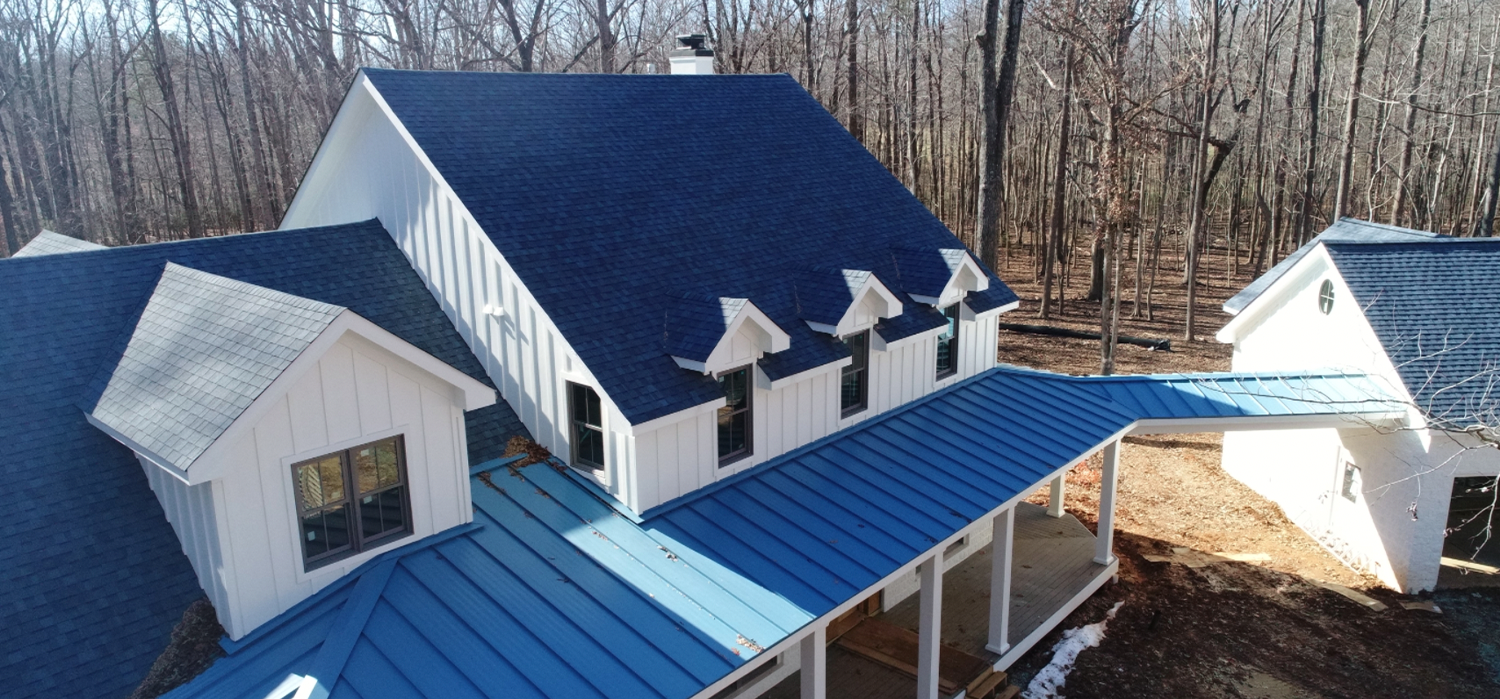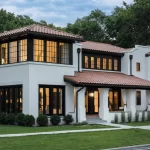
Whether you are building a new home or adding to an existing one, it is important to understand the process of how to design a roof. There are different types of roofs to consider, including Vaulted roofs, Gabled roofs, and Hip roofs.
Gabled roofs
Whether you are building a new house or remodeling your current one, it’s important to know how to design gabled roofs. Gable roofs are known for their simplicity and durability. They are also relatively inexpensive. They can be installed quickly and last for years. They can be customized to match your style and needs.
The type of gable roof you choose depends on your needs and climate. If you live in a hurricane-prone area, you may want to choose a different type of roof.
Gable roofs are made from a variety of materials. Clay tiles, concrete tiles, and metal sheets are all common materials used in gable roof construction. You can also use shingles made of tile, stone, or wood. However, gable roofs are prone to damage from water. It’s important to keep gutters clean and properly maintained.
When installing a gable roof, it’s important to make sure that the roof’s frame is properly installed. If it isn’t, the roof may collapse.
Hip roofs
Regardless of the type of building, hip roofs have the ability to make your home look stylish. They also offer a wealth of weather shielding. They allow for attic fans and ventilation, which can help keep your home cool in summer and warm in winter.
Hip roofs are also commonly used in hurricane-prone areas. They provide extra stability and are easy to install. Some insurance companies may even offer discounts for using hip roofs.
Hip roofs are also more durable than gable roofs. They use less diagonal bracing than gable roofs, which improves the reliability of the structure.
Hip roofs also offer more flexibility in design. They can be built with tiles, metal, or asphalt shingles. They can also be decorated or painted to give your home a classic look.
Hip roofs are also easier to install than global roofs. They require more tools and materials. They also have the added bonus of being more wind resistant. Hip roofs are particularly common in cold climates.
Sawtooth roofs
Originally designed by British architect William Fairbairn, sawtooth roofs are a type of pitched roof. They were primarily used in industrial buildings before electric lights became popular. Today, sawtooth roofs are used in a variety of building types.
A sawtooth roof is basically a combination of several ridges and valleys. It can be made from steel, concrete, wood, or other materials. The roof is constructed in such a way that it reflects light from the sun and lets it enter the building.
Sawtooth roofs are a great way to reduce direct exposure to the sun. They also reduce the amount of heat trapped in the building. They are especially well suited for factories. They also provide an attractive look to a building.
Sawtooth roofs are also designed to let more light enter a building. They can have windows that are higher than those in conventional roofs. In addition, these roofs also allow for more air flow. They can also be built with radiant heating systems and solar panels.
Vaulted roofs
Having a vaulted roof can add style and charm to your home. It also provides an open, airy, light-filled interior. However, there are a few things to keep in mind when designing your ceiling.
First, you should have enough attic space to support the vaulted roof. In order to achieve this, you will need to remove existing ceiling framing. This will also require the removal of drywall, electrical, and roof bracing.
You should also consult with your local building codes and architect to ensure you are adhering to the proper standards. Lastly, you will need to have special roof trusses made for your vaulted ceiling.
Building a vaulted ceiling can be an expensive project, but it can add character and style to your home. However, there are also drawbacks to having a vaulted ceiling. One of the major drawbacks is that it can make your home less energy efficient. The higher the ceiling, the more space it takes to heat and cool. This can lead to higher energy bills.








